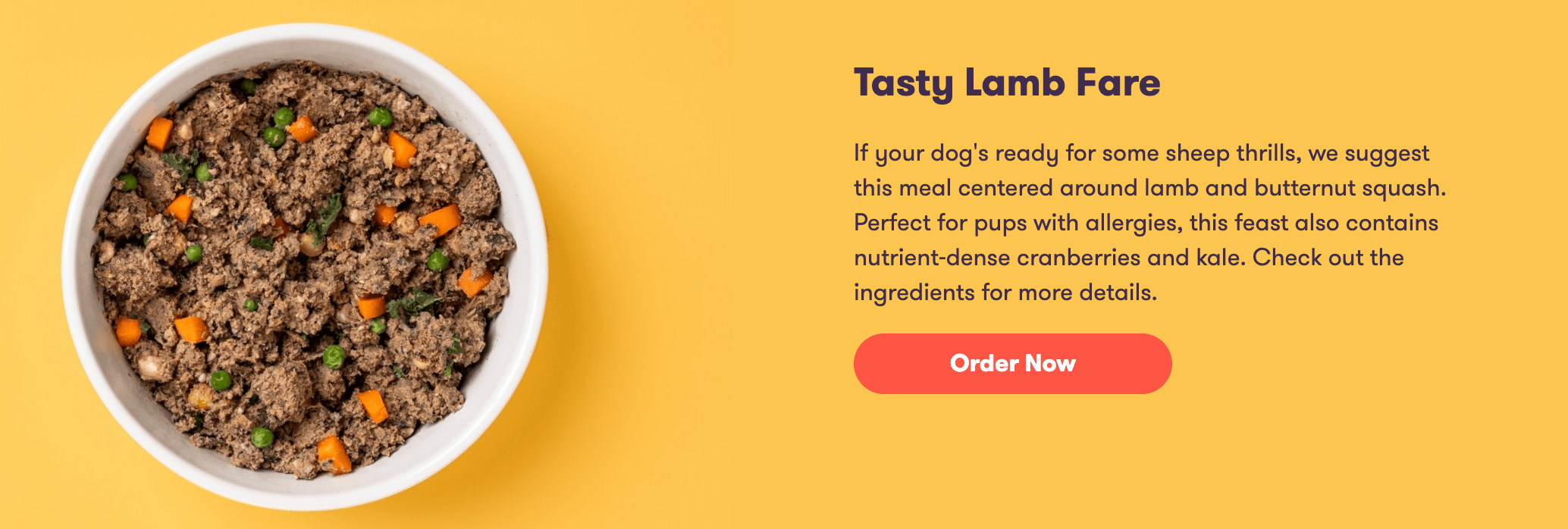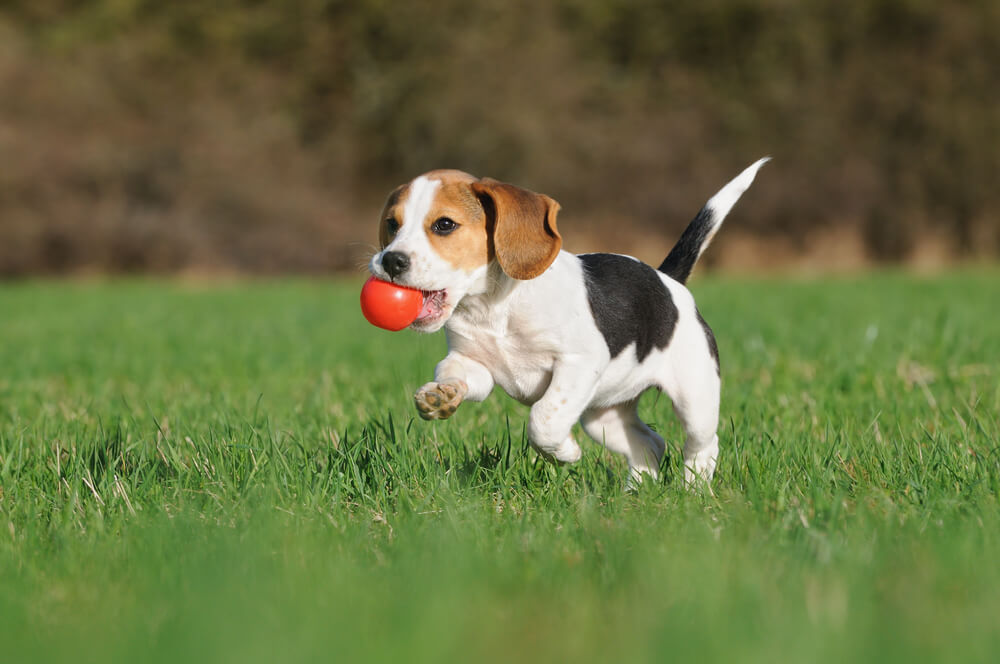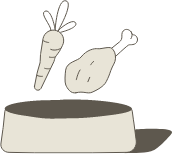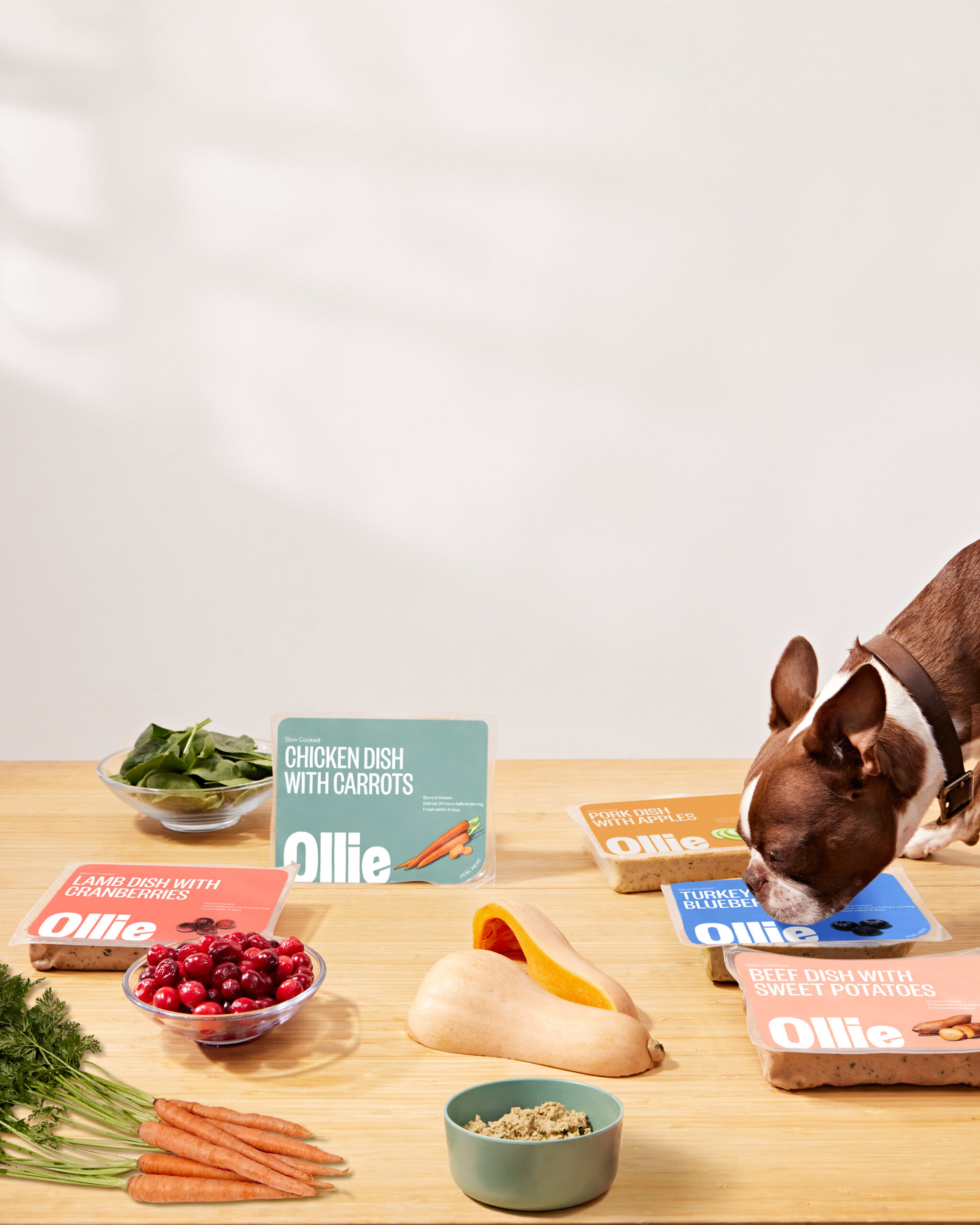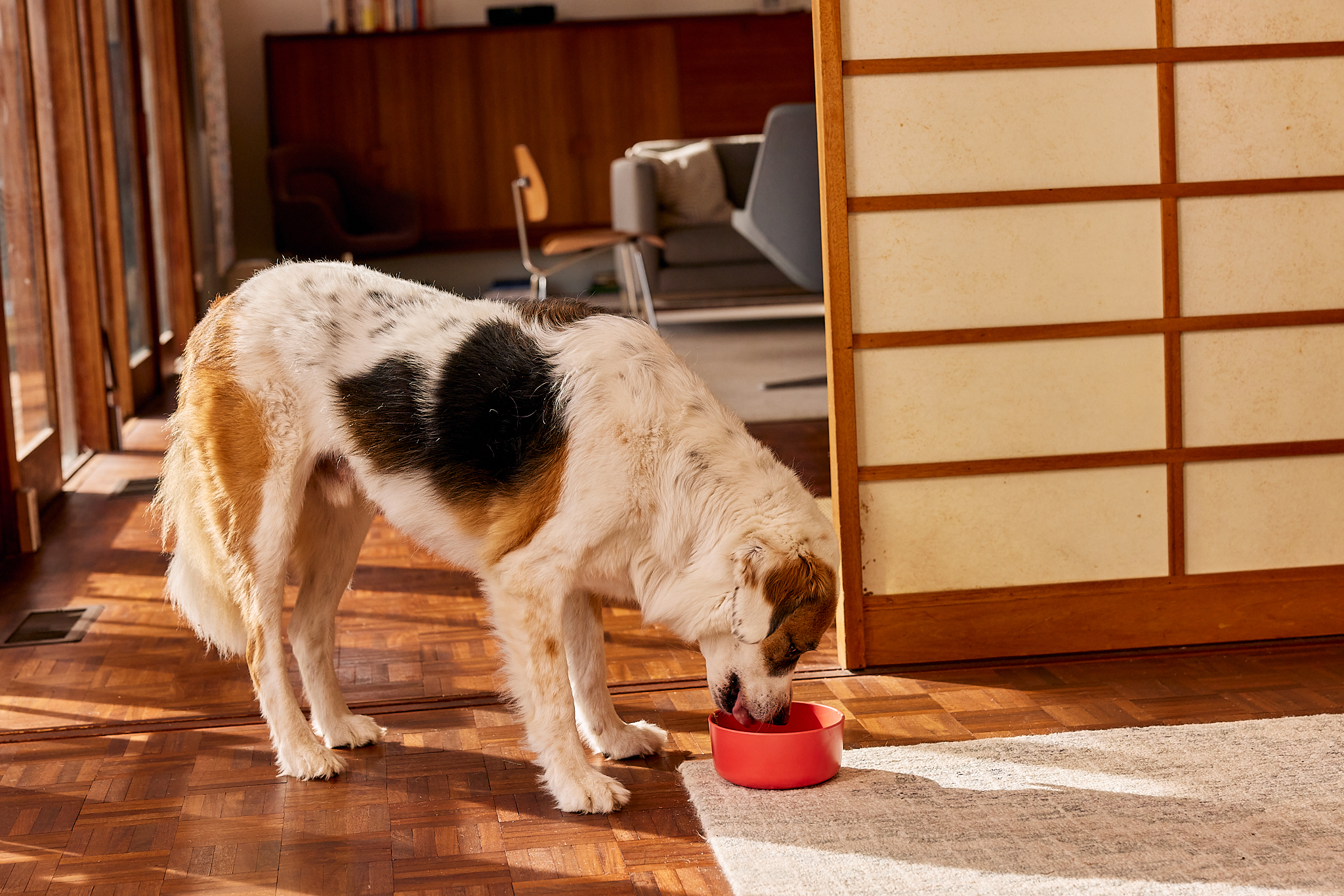Hey Ollie blog readers! We’re offering you an exclusive 60% OFF your starter box! Try now!
Most humans have realized the downsides of consuming too much salt (you know, minor things like kidney disease and heart attacks.) But can it do the same damage to dogs? Turns out our pups’ systems react similarly if they have too much sodium, says Ernie Ward, DVM, veterinarian and author of Chow Hounds. But sodium is also an essential part of a canine’s diet. Confused? We asked the questions you need answered to clear up the salty dispute.
Do dogs need sodium in their diets?
Salt is a nutritional requirement for dogs, says Greg Aldrich, PhD, research associate professor and pet food program coordinator at Kansas State University. It maintains their cellular environment, preventing cells from dehydrating and swelling. It also maintains nerve and muscle cell function.
How much sodium do dogs need?
There isn’t a magic number, Ward says, explaining, “There are so many variables.” A dog’s sodium need may rise or fall depending on his activity level, how much water he consumes, his age, and other factors. According to The Association of American Feed Control Officials, dry dog food should contain at least .3 percent sodium, but most healthy dogs can have more and they’ll still be fine, according to Ward.
What happens if my dog has too much sodium?
Too much can result in kidney failure, high blood pressure and cardiac disease, Ward says. The amount of sodium needed to have this impact varies from dog to dog, it’s hard to say just how much will be detrimental to a dog’s health.
So why are some dogs still getting too much sodium?
While most dog foods contain perfectly healthy levels of sodium, there are plenty of treats that pack on the salt, Ward says, warning dog owners to be especially cautious when introducing an older dog to a new treat. He often sees senior pets come into his office after eating new treats for a few weeks, only to have kidney failure because they are so high in sodium. Giving your dog table scraps from food with high sodium content like deli turkey can cause similar issues.
What are some signs that my dog is consuming too much sodium?
The most common signs are excess thirst and urination. “Your dog will want to drink water to get rid of the excess salt,” Ward explains. If you’re concerned, your vet can do a blood test or a urine test to determine if their sodium level is too high.
How do I lower my dog’s sodium level?
Your vet will probably recommend skipping the treats and sticking to a low-sodium diet, which can vary from moderate (.2 percent) to greater salt reduction (more than .25 percent). Some dogs who have advanced heart failure may even need to be restricted to .1 percent. Before choosing a low-sodium food, speak with your vet about a recommended level.
The Ollie blog is devoted to helping pet parents lead healthier lives with their pups. If you want to learn more about our fresh, human-grade food, check out MyOllie.com.
Tagged As:
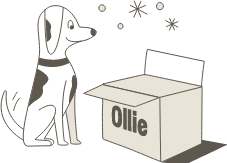
The nutrition your dog needs,
the food they want.

Enjoying our articles? Subscribe our Newsletters and get new articles directly to your inbox
You might also like
4 June 2025
7 MINS READ
Feed Their Future: Why Human-Grade Food Matters for Puppies
Among the many decisions you’ll make as a new pet parent, choosing the right food for your growing puppy is one of the most important. The quality of your puppy’s diet can impact their developme…
by Ollie Pets
4 June 2025
6 MINS READ
How Does Fresh Dog Food Compare to Homemade?
As pet parents become more conscious about what goes into their dog’s food bowl, many are considering alternatives to traditional kibble. Two increasingly popular options are fresh dog food and ho…
by Ollie Pets
4 June 2025
5 MINS READ
How Can Fresh Dog Food Help with Weight Management?
Maintaining a healthy weight is one of the most important aspects of your dog’s overall health and longevity. Being overweight or underweight can result in health complications and conditions that…

